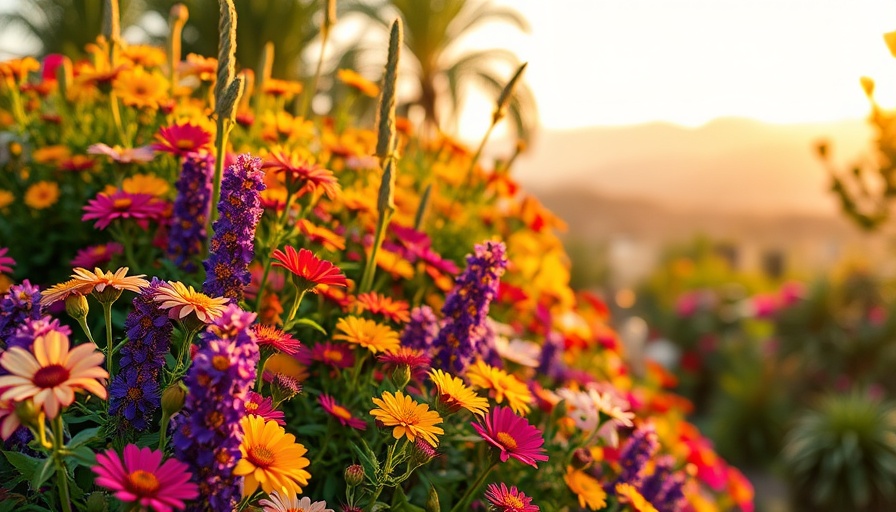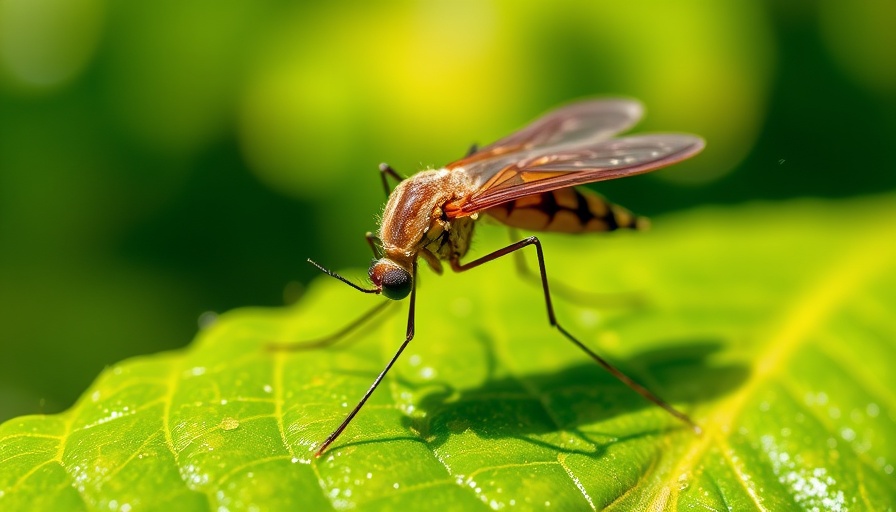
Why Late-Blooming Perennials Matter for Pollinators
As summer fades, the need for pollinator-friendly plants becomes crucial. Late-blooming perennials not only extend the gardening season but also provide vital nourishment for bees and butterflies before winter sets in. These plants play a significant role in maintaining biodiversity and supporting our local ecosystem, particularly on Long Island, where pollinator habitats are threatened by urban development.
Top Late-Blooming Perennials to Consider
1. Helenium (Helenium autumnale): A true late-season champion, this plant's vibrant yellows and oranges make it a beacon for pollinators. Its ability to thrive in wetter conditions makes it ideal for diverse garden settings.
2. Blue Mistflower (Conoclinium coelestinum): An unexpectedly charming presence in your garden, its lavender-blue blooms attract monarchs in droves. It’s a vigorous spreader, bringing life to the autumn landscape while providing crucial resources for pollinators.
3. Coreopsis (Coreopsis verticillata): Often overlooked as a fall bloomer, this perennial can keep bees happy with its soft yellow flowers late into the season, enhancing your garden’s aesthetic while supporting local wildlife.
Enhancing Your Garden’s Pollinator Potential
By carefully selecting and planting these perennials, homeowners can create a stunning autumn display that benefits both their gardens and the pollinators that are essential for our food supply. Consider adding these varieties to your landscape to make a positive impact. Remember, every plant matters in the quest to support our buzzing friends!
Your Call to Action: Expand Your Garden
Start planning your fall garden by including these late-blooming perennials. Your efforts will not only beautify your yard but also play a pivotal role in helping pollinators thrive as they prepare for winter.
 Add Row
Add Row  Add
Add 




Write A Comment